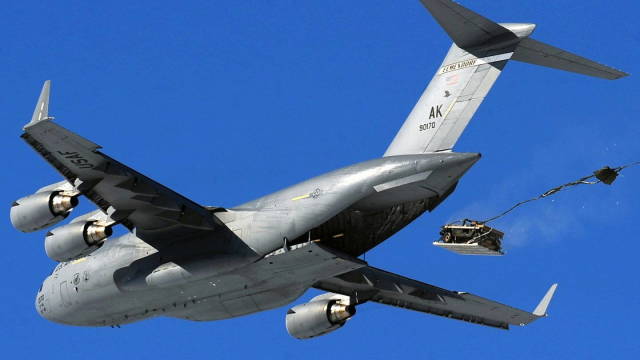2021 marks the 105th anniversary of the day when, for the first time in history, British troops used a method of airborne landing of cargo to ensure the actions of their troops in the area of Mesopotamia (the territory of present-day Iraq). Since that time, the means of landing (SD) of the armed forces of foreign countries have undergone significant changes. Currently, the most advanced among the NATO countries are the US Armed Forces, which are developing combat operations in accordance with accepted views on the role, place and methods of using airborne troops in the course of combat operations.
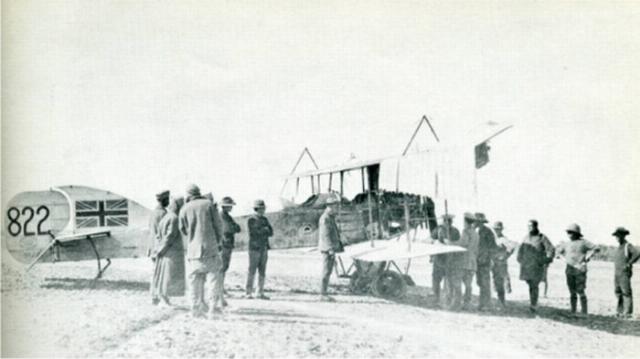
British aeroplane in Mesopotamia
In accordance with these views, parachuting of heavy military equipment in service is not expected, although these issues have been worked out experimentally. For example, in August 2004, an experimental landing of a BM Stryker with a flight weight of about 19 tons was carried out.
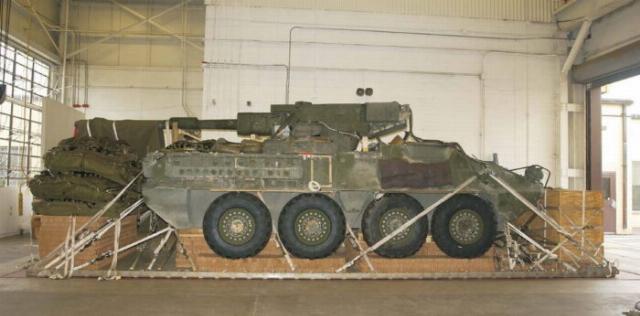
BM "Stryker" before landing
In January 2018, an experiment was conducted on parachuting the BM LAV-25A2 (flight weight approx. 17 tons), which enters the army instead of the light tank M551 Sheridan, which was decommissioned in 1996. The peculiarity of this landing was that the barrel of an automatic cannon was dismantled from the BM. After landing, it was installed in its regular place, the sighting devices were adjusted and the control shooting was carried out.
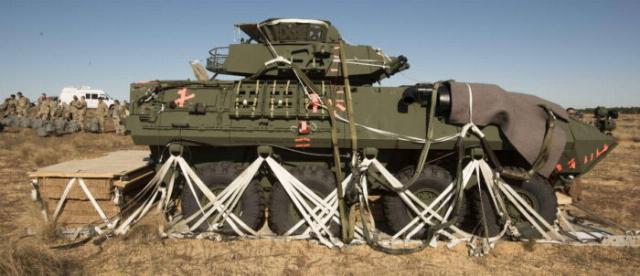
BM LAV-25A2 after landing (no automatic cannon barrel)
Currently, according to the governing documents of the US Armed Forces, parachuting of heavy weapons, military and special equipment (VVST) with a flight weight of up to 19 tons can be carried out from C-130 and C-17 aircraft.
The range of amphibious VVST is quite extensive and includes:
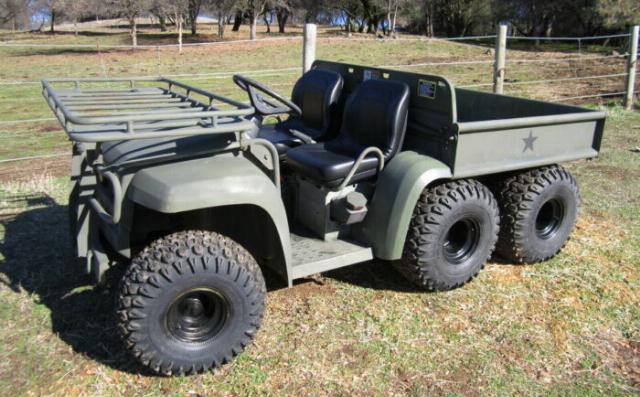
The M-Gator F5 M-Gator transporter is ready for landing
M-Gator type leading edge conveyor (flight weight 1416 kg)

Engineering equipment before landing
engineering equipment, such as loaders of various types, bulldozer units and road rollers (with a flight weight of up to 17 tons,)
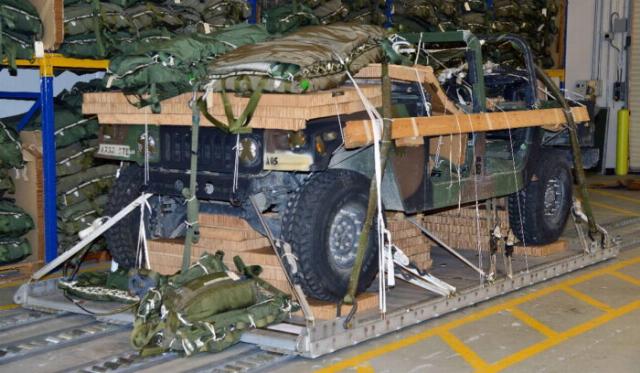
All-terrain vehicle HMMWV prepared for landing
various modifications of multi-purpose off-road vehicles HMMWV
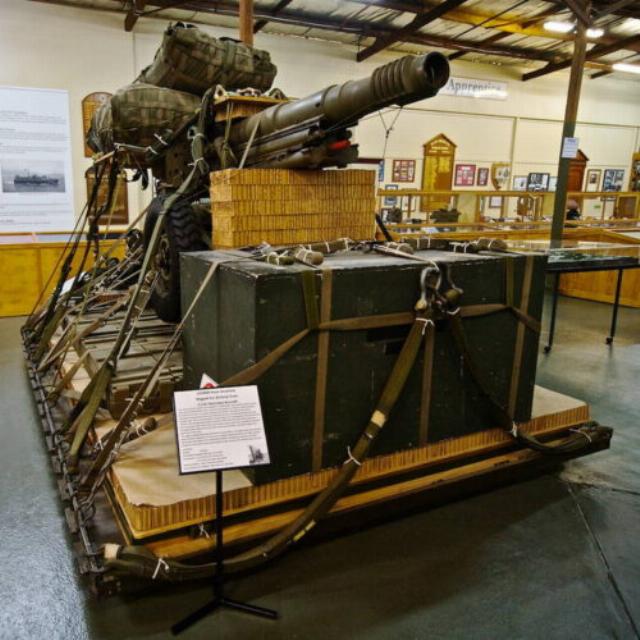
Artillery system on the cargo platform
trucks, artillery systems (towed 105-mm and 155-mm howitzers, 120-mm mortars)
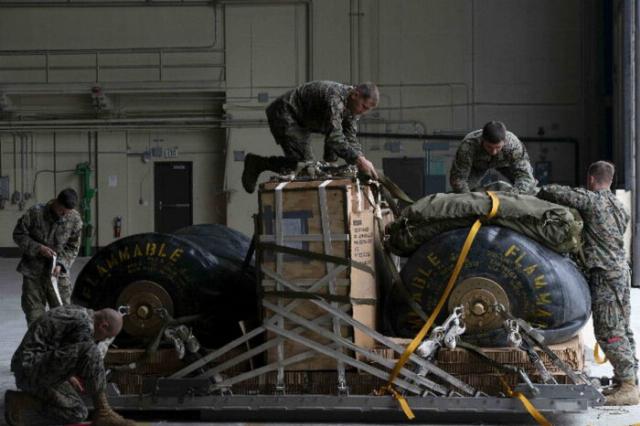
Preparation of fuel tanks for landing
standard-sealed ammunition, refueling kits (soft rubber-fabric fuel tanks, motor pumps)
This also includes various modifications of engineering equipment (scrapers, graders, track-laying machines, loaders), inflatable boats with rigid bottoms.
Amphibious weapons and equipment, if necessary and if the permissible flight weight of the landing vehicle (SD) is not exceeded, can be equipped with additional loads: shots for artillery systems, ammunition and food for personnel, fuel tanks, etc.
Amphibious assault vehicles for the VVST
For the parachute landing of the VVST, the SD is used as part of:
- Type V cargo platforms;
- G-11B or G-11C cargo parachute systems;
- exhaust parachute systems;
- PS release locks after landing (actuation);
- means of mooring equipment and weapons on the platform and depreciation.
Special MCADS-type inflatable boats are used to land inflatable boats with rigid bottoms.
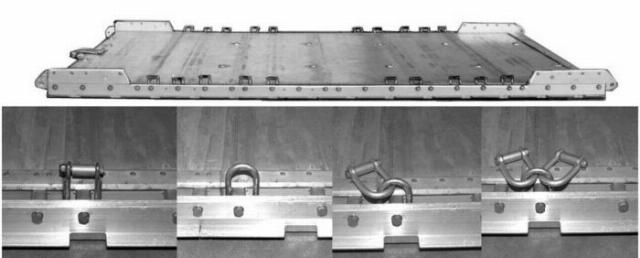
Type V platform
The V–type platform is a 2.74 m wide aluminum reusable platform. It has seven standard sizes (in length) from 2.44 to 9.75 m . It can be used on almost all types of NATO military transport aircraft equipped with a 223.5 or 274 cm wide roller conveyor. The maximum flight weight of the amphibious cargo is 19,068 kg.

Cargo parachute system
Cargo boats have a round dome shape with a diameter of 30.5 m, sewn from 120 panels, and a central sling with a length of 30.5 m. 120 slings (breaking force – 250 kg) with a length of 10.7 m are attached to the lower edge of the dome. The slings are reduced to 12 suspended strands (links) with a length of 18.3 m. The strands (links) are reduced to three couches, which are directly attached to the load. The maximum permissible weight of cargo for one vehicle is 2270 kg. The weight of the laid PS is 113.5 kg.
Depending on the mass of the amphibious VVST, cargo vehicles can be used in a bundle of up to eight units. At the same time, G-11B type PS can form a bundle of up to four PS with a minimum drop height of 213 m (for one PS) or 229 m (2-4 PS). G-11C type PS can form a bundle of 5-8 PS with a minimum drop height of 351-396 m (depending on the number of PS in the bundle).
The main difference between these types of PS from each other is the grooving device. On the G-11B type substation, four 5 m long grooving slings are used, on the G-11C type substation, two 3 m long. They provide a delay in filling the dome of up to 2 seconds.
Cargo vehicles provide a reduction in the amphibious air force with a vertical speed of no more than 8.5 m/s.
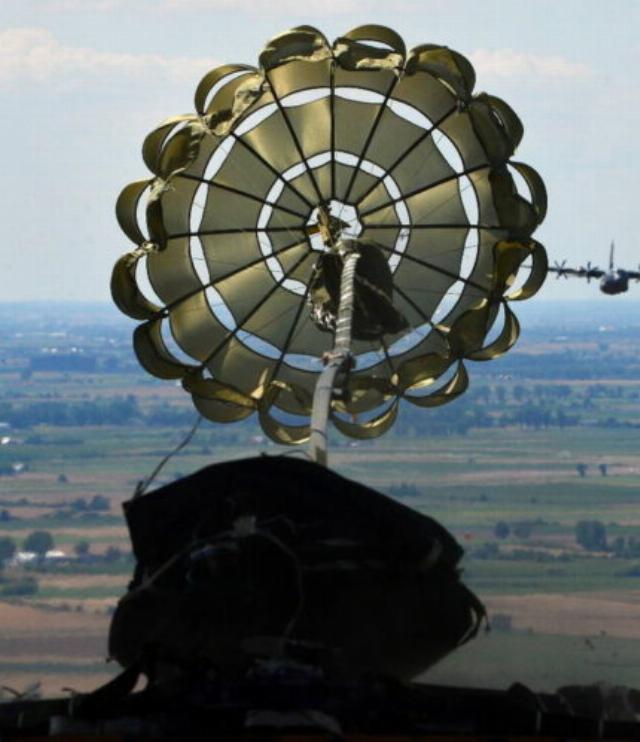
Exhaust parachute system
Exhaust parachute systems. Heavy VVST are dropped from BTA aircraft using the parachute stall method. The aircraft's drop speed is 241-278 km/h. To remove the cargo platform from the aircraft, an UPU with one or three circular domes with a diameter of 4.6, 6.7 and 8.5 m is used. The type and number of domes in the UPU depend on the mass of the landed cargo.
If several CDs are loaded into the aircraft, then, as a rule, the plume drop method is used. At the same time, the US Armed Forces have worked out the option of conducting a serial drop of eight HMMWV-type vehicles from a C-17 aircraft using the gravity method without using the ZUG method. The commissioning of the PS is from the cable of the PRP (forced opening of the parachute) of the aircraft.
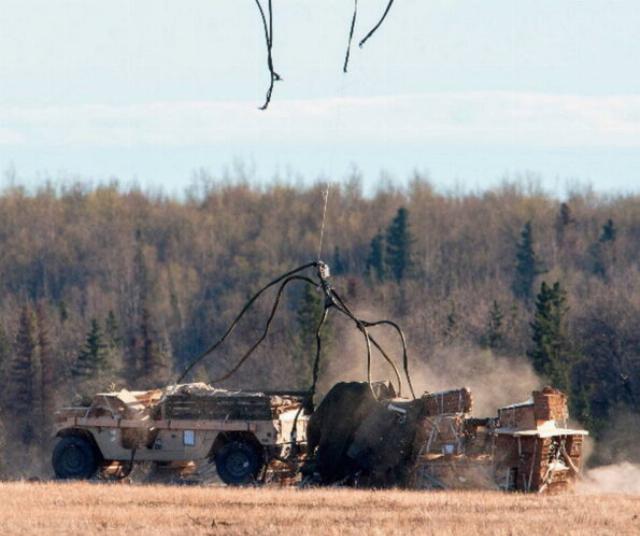
Operation of auto-release locks
The automatic release locks are designed to prevent the amphibious vehicle from being dragged (tipped over) upon landing (landing). Two types of locks are used: M-1 weighing 13.6 kg for a bundle of three G-11 type vehicles (flight weight up to 6810 kg) and M-2 weighing 36 kg for bundles up to 8 G-11 type vehicles (flight weight up to 19068 kg). The locks are activated 12-16 seconds after the platform is separated from the aircraft by means of a locking link with a calibrated tape.
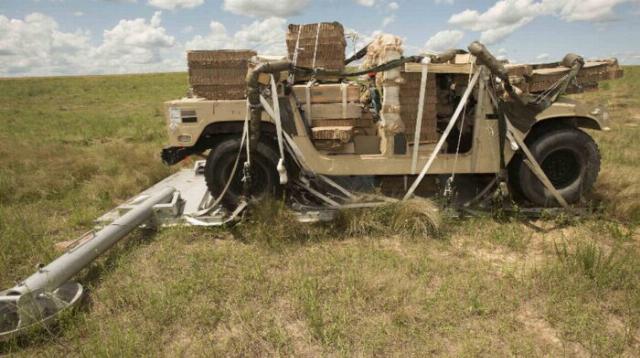
Outriggers after actuation (on the ground)
In order to prevent overturning, special outriggers can be installed on the platform, which, after filling the domes of the substation, recline on the sides of the platform and prevent overturning if the release locks of the substation do not work properly.
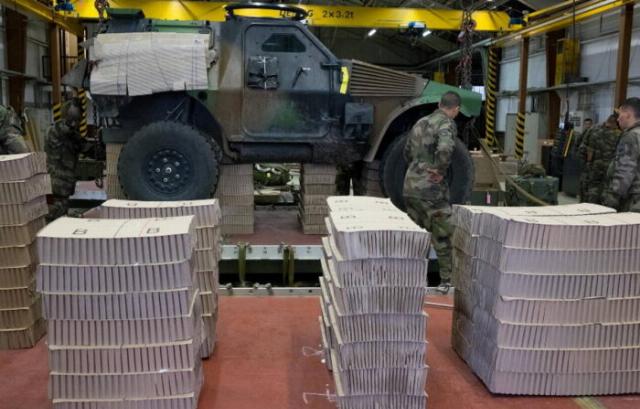
Paper Honeycomb Shock Absorbers
Paper cellular shock absorbers are used as shock absorbers during the amphibious landing on Type V platforms. They are supplied to the troops in standard blocks with dimensions (width x length x thickness) 91x244x8 cm. When preparing equipment and weapons for landing, blocks of the required size, configuration and quantity are cut out of the standard blocks, according to the VVST sample landing manual. Then such blocks are laid out on the platform in the required order before installing the VVST sample on them. If necessary, for example, an even distribution of pressure, wooden slats can be installed on the shock absorbers, and they can also be glued together.
Continue reading here
Based on resource materials airborne-sys.com, amc.af.mil
